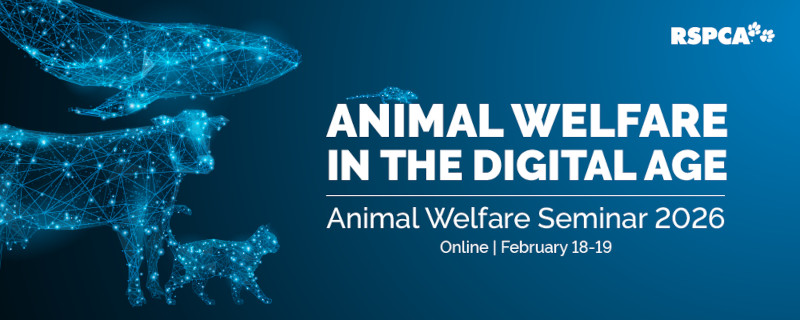Shearing is the process whereby the sheep’s fleece (wool) is removed using mechanical shears called ‘handpieces’. For sheep breeds that are specifically grown for wool production, the fleece needs to be removed regularly because it grows continuously. Sheep are typically shorn at least once a year, usually in spring. Most sheep are shorn by professional shearers who are paid by the number of sheep they shear – this can be up to 200 sheep a day (2-3 minutes per sheep).
Sheep are usually brought to the shearing shed yards well before shearing to ensure their fleece is dry and they are off feed and able to empty out to prevent soiling in the shed. On the day of shearing, sheep are penned in the shearing shed within easy access of the shearer who removes them individually from the pen to be shorn. In order to shear the sheep effectively, the shearer is trained to move the sheep through a series of set movements that make shearing more comfortable for the sheep as well as the shearer. If positioned correctly, the sheep will not resist or try to escape. Inevitably, nicks and cuts may occur if the sheep does struggle, or has excessively wrinkled skin or the shearer is distracted or under time pressure. Where deep cuts occur, these are usually sewn up by the shearer. Once sheep are shorn, they are dropped through a slide chute into pens beneath the shed and/or yards adjacent to the shed. From here, sheep may receive preventative treatment (e.g. for parasites) and then be returned to the paddock.
Shearing requires sheep to be handled multiple times – mustering, yarding, and penning – which is stressful to sheep. In addition, shearing itself is an acute stressor. The potential for pain is present where sheep are wounded or injured during shearing. Treatment of injuries should be immediate and where shearing wounds are deep and require stitching, the application of a topical pain relief should be considered.
In 1998, CSIRO introduced a technology to remove wool that does not require shearing. Instead, a protein (epidermal growth factor) is injected into the skin and, within a week, the whole fleece is shed inside a net that has been fitted to the sheep. This technology has a significant animal welfare advantage compared to mechanical shearing in that it removes the risk of cuts and injuries to the sheep. Unfortunately, the technology was not taken up widely by the wool industry and has been withdrawn from the market. It is the RSPCA’s view that its commercialisation and uptake by industry should be revisited.
The RSPCA believes the stress experienced by sheep during shearing can be reduced by
- handling sheep in a low-stress manner
- ensuring shearers are trained and competent in best practice technique to reduce the risk of cutting the sheep
- requiring shearers to be accredited
- ensuring recognised training programs incorporate principles of animal welfare, animal handling and the importance of good stockmanship
- ensuring the appropriate treatment of wounds and injuries using pain relief where required
- creating an environment in the shearing shed where mistreatment of sheep is not tolerated.

